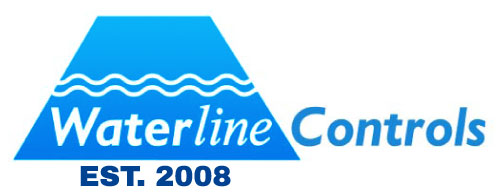How Much Is A Pool Pump?
The cost of a pool pump in 2025 depends on the type, horsepower (HP), energy efficiency, and brand. Here’s a detailed breakdown to help you choose the right one:
🏊♂️ Average Pool Pump Costs (2025)
| Type of Pool Pump | Pump Only | Installed Cost | Best For |
|---|---|---|---|
| Single-Speed Pump | $300 – $600 | $500 – $900 | Budget installs (less efficient) |
| Dual-Speed Pump | $500 – $900 | $700 – $1,200 | Moderate energy savings |
| Variable-Speed (Energy Star) | $800 – $1,500 | $1,200 – $2,000+ | High efficiency, long-term savings |
| Above-Ground Pool Pumps | $150 – $400 | $300 – $700 | Smaller above-ground pools |
| High-Performance/Commercial | $1,500 – $3,000+ | $2,000 – $5,000 | Large or commercial pools |
🔌 Additional Cost Considerations
-
Installation labor: $150 – $500 (complexity and plumbing adjustments affect this).
-
Electrical upgrades: May cost $200–$800 if you need a new circuit or breaker.
-
Permit fees (in some cities): ~$50–$150.
-
Old pump disposal: $50–$100 if not included.
✅ Best-Selling Brands in 2025
| Brand | Notes |
|---|---|
| Pentair | Industry leader; high-efficiency VS models |
| Hayward | Reliable mid-range to high-end pumps |
| Intex | Common for above-ground pools |
| Sta-Rite | High-performance pumps |
| Jandy | Often paired with automated systems |
🌵 Phoenix Area Tip:
Due to Arizona’s APS and SRP energy efficiency rebates, variable-speed pumps are highly recommended and often required for new installs. They can save $300–$600/year on electricity compared to single-speed pumps.
Calculating Energy Savings Over Time With A Variable-Speed Pump
Here’s how to calculate energy savings over time when switching from a single-speed pump to a variable-speed pool pump, specifically tailored for Arizona (e.g., Phoenix area, with high summer usage and energy rates):
⚡ Step 1: Estimate Energy Use and Costs
| Pump Type | Watts Used | Daily Hours | Daily kWh | Monthly Cost (@$0.14/kWh) |
|---|---|---|---|---|
| Single-Speed | 2,000 W | 8 hrs/day | 16 kWh | $67.20/month |
| Variable-Speed | 500–1,000 W avg | 8 hrs/day | ~6 kWh | $25.20/month |
⚠️ Phoenix electricity costs range from $0.12 to $0.15/kWh (SRP or APS residential tiers).
💸 Step 2: Annual Savings Estimate
| Pump Type | Estimated Annual Cost |
|---|---|
| Single-Speed | ~$800 – $900/year |
| Variable-Speed | ~$300 – $450/year |
✅ Annual Savings: $400 – $600+
⏱️ Step 3: Long-Term Savings Over 5 Years
| Year | Single-Speed | Variable-Speed | Savings |
|---|---|---|---|
| 1 | $850 | $400 | $450 |
| 2 | $850 | $400 | $450 |
| 3 | $850 | $400 | $450 |
| 4 | $850 | $400 | $450 |
| 5 | $850 | $400 | $450 |
| Total | $4,250 | $2,000 | $2,250 saved |
🛠️ Payback Time on Upgrade
| Item | Cost Estimate |
|---|---|
| Variable-speed pump | $1,200 |
| Installation (Phoenix avg) | $300 |
| Total Investment | $1,500 |
✅ Payback Time: ~3–4 years
✅ Net Savings After 5 Years: ~$750+ (after full cost recovery)
Never Replace Liquid Level Sensors Again with Waterline Controls™
Our level sensors and controls aren’t just for use in residential potable water holding tanks; some of the other applications include cooling towers, sump pumps, wastewater, boilers, water storage tanks, and building fire protection water tanks.


